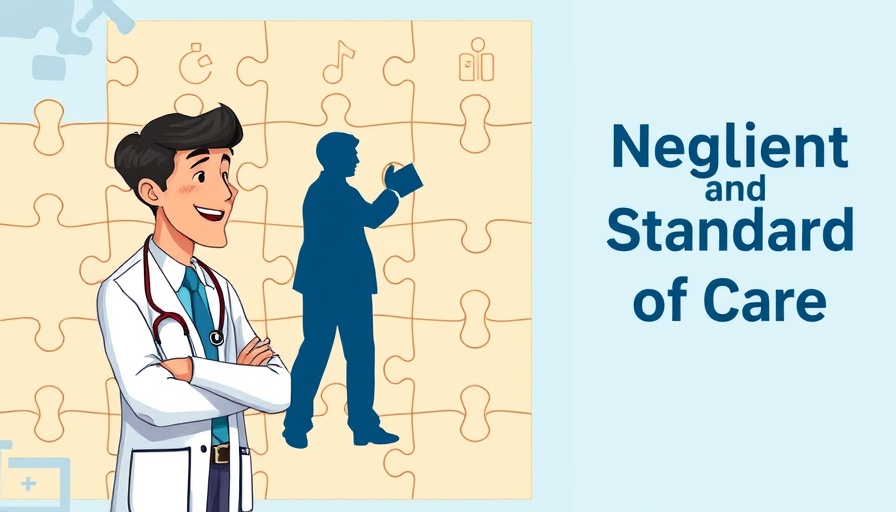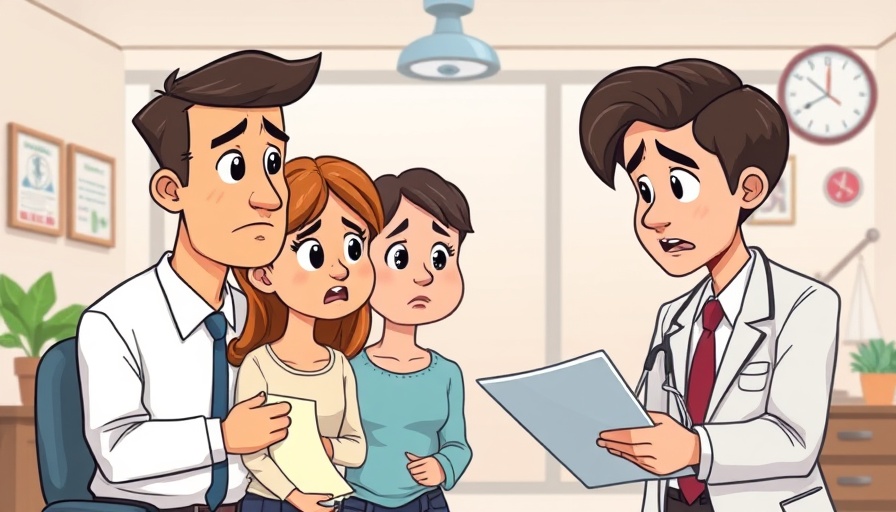
Understanding the Critical Link Between Nursing Home Abuse and Healthcare Negligence
Patients in nursing homes face unique vulnerabilities that make understanding the link between nursing home abuse and medical malpractice crucial. Negligence is when caregivers fail to provide the expected level of care, and the consequences can be dire for residents who depend entirely on their assistance.
Defining Negligence in Nursing Homes
Negligence in the context of healthcare revolves around actions that fall short of accepted standards, often manifesting in various forms within nursing homes. Such negligence can include neglecting basic needs, improper medication administration, and lack of supervision. Notably, one common example includes a resident who may suffer from debilitating falls when not assisted with mobility, showcasing the grave impact these oversights can have.
Moreover, an often-overlooked aspect involves emotional neglect. Instances of verbal harassment or social isolation can leave lasting scars on a resident's mental health, something that is equally damaging as physical neglect.
The Standard of Care: A Benchmark for Safety
The standard of care provides a guideline against which the actions of healthcare professionals—such as nursing home staff—are evaluated. This standard reflects what reasonably competent caregivers should provide and includes everything from ensuring appropriate medical care to maintaining safe living conditions.
When nursing home staff do not comply with these established standards, they inevitably heighten the risks they pose to residents. For example, inadequate training or neglecting updated best practices can lead to dangerous environments.
Advocacy for Change and Improved Care Standards
Addressing these negligence issues isn't just about identifying faults; it's also about promoting advocacy for higher standards of care in nursing homes. Many stakeholders, including families, healthcare professionals, and regulatory bodies, play critical roles in ensuring that residents receive the care they deserve.
Families are encouraged to remain vigilant, advocate for their loved ones, and familiarize themselves with their rights and the standards of care that exist in nursing facilities. Moreover, raising public awareness about nursing home abuse can garner support for better policies and improve living conditions for residents.
Your Role in Promoting Safety and Accountability
Be an Advocate: It’s essential for everyone to take part in elevating the conversation around nursing home care. By staying informed, seeking out resources, and advocating for better policies, you can help ensure safer environments for our aging population.
In conclusion, understanding the link between negligence, standard of care, and abuse in nursing homes is not only vital for those involved in healthcare but also for families and communities. By actively promoting change and remaining vigilant, we can work together to create safer, more respectful environments for our elderly loved ones.
 Add Row
Add Row  Add
Add 




Write A Comment